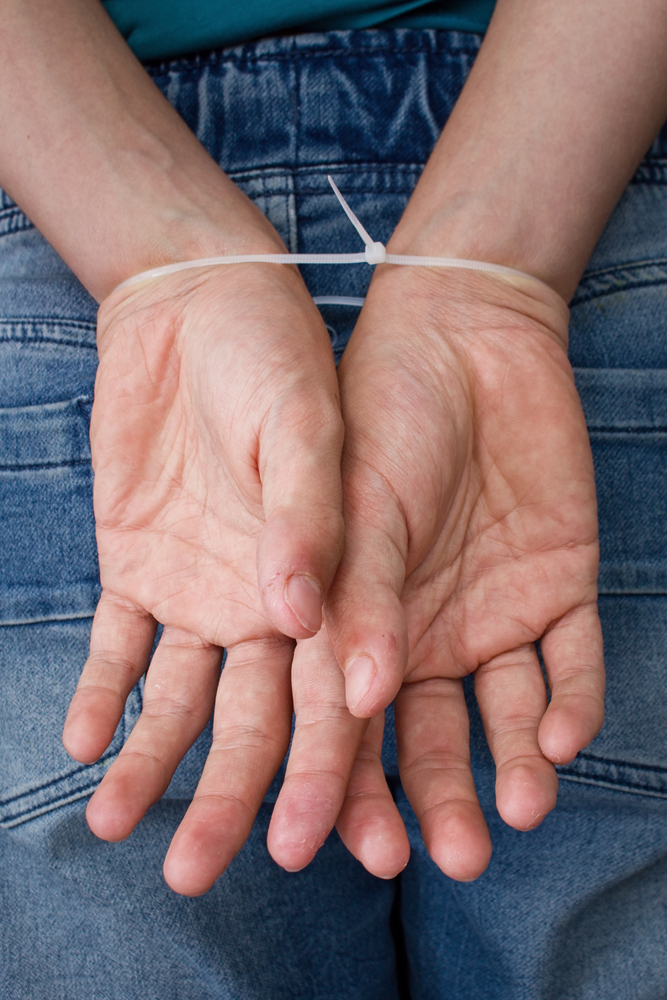Instead, we need to look at our complex behaviors through a range of lenses. Renew Health offers compassionate care and addiction treatment. Without treatment, addiction can cause serious health issues, even death.
Ways on How to Avoid Drug Addiction
While the behavioral model provides valuable insights into the development of addiction, it is important to note that addiction is a multifaceted phenomenon influenced by both biological and behavioral factors. The interaction between these factors is complex and may vary among individuals. Understanding addiction from multiple perspectives, including both the disease and behavioral models, can help inform comprehensive approaches to prevention, treatment, and support. When examining the nature of addiction, one prominent perspective is the disease model. According to this model, addiction is viewed as a chronic and relapsing brain disease. It suggests that addiction is not simply a result of poor choices or weak willpower, but rather a complex interaction of genetic, environmental, and neurological factors.
- At Mainspring Recovery, we know how important it is to have a trusted partner while you leave drugs and alcohol behind.
- The good news is that even the most severe, chronic form of SUD can be manageable, usually with long-term treatment and continued recovery supports.
- Additionally, certain brain regions and neurotransmitters involved in reward and pleasure pathways can be altered in individuals with addiction, reinforcing the addictive behavior.
Addiction is not a disease
By focusing solely on the disease aspect, the model may undermine the individual’s ability to take control of their behaviors and make positive choices. Recognizing personal agency and responsibility is crucial in empowering individuals to overcome addiction. In my research, I’ve found four main “camps” that attempt to explain addictive behaviors. People have been fighting about which of these is the true cause of addiction for decade. In isolation, each of these camps tells us something interesting about human behavior, but together they give us a complete picture of why someone becomes addicted in the first place and how addiction is maintained. Widespread enthusiasm for the disease model, however, has led to willingness to overlook the facts.
What is the most common addiction?
- When it comes to understanding addiction, various models have been proposed to explain its nature and causes.
- This becomes clear if you compare addiction with true diseases.
- Understanding the causes can help empower you to understand your own circumstances, but let’s not let it limit you in your beliefs about making positive changes in your life.
- Treatment consists of little more than stopping a given behaviour.
Additionally, socio-cultural factors, such as peer influence, societal norms, and economic disparities, can also contribute to the development of addictive behaviors. Addiction, Twelve-step program once viewed as a moral failing, now stands at the forefront of medical science, demanding a paradigm shift in our understanding and treatment of this pervasive brain disease. This transformation in perspective has been a long time coming, evolving from centuries of misconception and stigma to a more compassionate, evidence-based approach.
The disease model of addiction
Both individual and group counseling have been proven effective in treating addiction, and the choice between the two depends on the individual’s preferences and treatment goals. Individual counseling allows for one-on-one sessions with a therapist, providing a safe and confidential space to address personal challenges and develop personalized coping strategies. It allows for a deep exploration of the underlying factors contributing to addiction and can be tailored to the individual’s specific needs. We are complex beings, and if there were a simple cure for addiction, we’d no longer have people struggling with it.

Why do some people say addiction is not a disease?
Treatment approaches based on the medical model often involve a combination of medication, therapy, and https://ecosoberhouse.com/ support systems. Addiction recovery programs and rehab centers play a vital role in providing evidence-based treatments and helping individuals navigate their journey towards recovery. The Brain Science of AddictionAddiction alters key areas of the brain.

She received medication that reduced her cravings, therapy that addressed her what is a chronic drinker trauma, and support from a recovery community. Or think of David, who became addicted to opioids after surgery. When he learned that his brain had been rewired by the medication, he felt less shame and more hope.

People with the most serious form of SUD usually need intensive treatment followed by lifelong management of the disease. However, some people experiencing addiction stop drinking or using other substances without treatment. Others achieve recovery by attending self-help meetings without receiving much, if any, professional treatment. Yeah, it helps you get a certain amount of compassion when you recognize that everybody makes bad behavioral choices. I mean, half of Americans are overweight and yet we have a certain amount of mercy.
What is the legal definition of addiction?
On this show, we crisscross scientific disciplines to bring you to the frontiers of brain science. Here’s the sound we created to introduce today’s topic, addiction. The prefrontal cortex, our brain’s CEO, starts taking a backseat to the more primitive, impulse-driven parts of our brain. It’s as if the wise, rational part of our mind is bound and gagged while the impulsive teenager takes the wheel.


